How Many Fillets Will A Whole Fish Yield?
A couple of weeks ago, my brother and sister-in-law took me out to dinner while my family was at a wedding in Wyoming. We decided to try a restaurant I’d heard about, passed many times, but never dined at since it opened.
Their specialty is seafood, and they have a unique approach (at least to me) in offering and serving it to you. Essentially, you order a whole fish from Greece “and around the world” This fish is then charcoal grilled whole, and then depending on the fish, the chef de-bones and serves or removes the fish fillets and serves.
You pay by the pound, and they recommend “one pound of fish per person” with the idea a one-pound fish will yield 1/2 pound of fish fillet. However, this didn’t ring true because I knew different types of fish would yield different fillet percentages.
So I searched “how many fillets will a one-pound fish yield,” and the first site that came up was Seafood and Fish information from Fishmonger Matt Hovey. He has a post describing fish yields and calculates how much fillet is yielded by different types of fish and how much it costs you.
The most complete list of seafood yields that I’ve found so far is Chef’s Resources. They get into the details and look at “Head On & Gutted,” “Head Off and gutted,” “skin on,” skin off,” “bloodlines,” “whole fish,” and on and on. Probably more for professional chefs and restaurants, but I found it fascinating.
How Many Fillets Will A Whole Fish Yield?
A couple of weeks ago, my brother and sister-in-law took me out to dinner while my family was at a wedding in Wyoming. We decided to try a restaurant I’d heard about, passed many times, but never dined at since it opened.
Their specialty is seafood, and they have a unique approach (at least to me) in offering and serving it to you. First, you order a whole fish from Greece “and worldwide.” This fish is then charcoal grilled whole, and then depending on the fish, the chef de-bones and serves or removes the fish fillets and serves.
You pay by the pound, and they recommend “one pound of fish per person” with the idea a one-pound fish will yield 1/2 pound of fish fillet. However, this didn’t ring true because I knew different types of fish would yield different fillet percentages.
So I searched “how many fillets will a one-pound fish yield,” and the first site that came up was Seafood and Fish information from Fishmonger Matt Hovey. He has a post describing fish yields and calculates how much fillet is yielded by different types of fish and how much it costs you.
The most complete list of seafood yields that I’ve found so far is Chef’s Resources. They get into the details and look at “Head On & Gutted,” “Head Off and gutted,” “skin on,” skin off,” “bloodlines,” “whole fish,” and on and on. Probably more for professional chefs and restaurants, but I found it fascinating.
Salmon – Great Yield
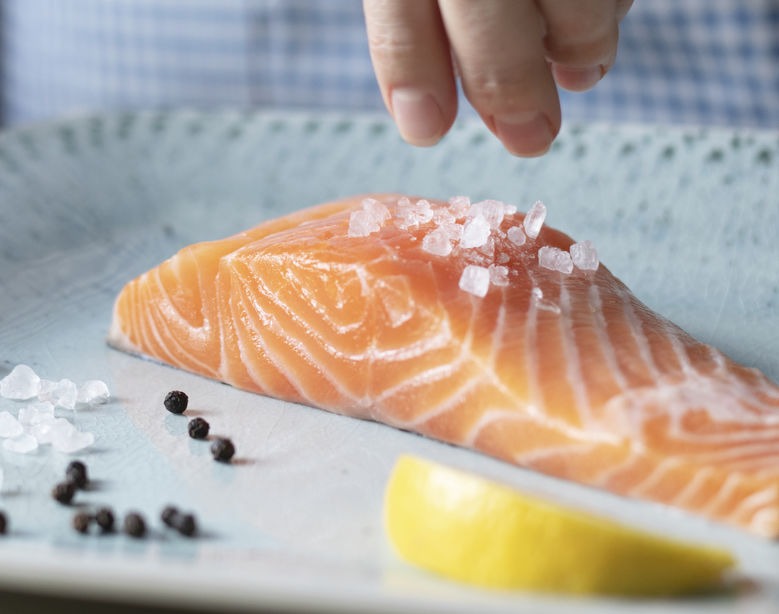
A salmon with its head on but gutted yields 75% skin-on fillet. If you purchase a whole salmon with the head on but gutted, the fillets cut off the body will be 75% of the total weight. This means a 10-pound sockeye salmon should yield about 7. 5 pounds of the eatable fillet. That’s a lot of fish yield and a great buy.
Let’s say you pay $12 per pound for a whole salmon head-on and gutted. A 10-pound fish would cost you $120. To determine how much that would cost per pound of fillet, you would divide the $12/.75 = $16 per pound of fillet, which is the part of the fish you can eat.
This sounds pretty good to me. That’s about what I pay for fresh salmon fillets at the market. But let’s compare this now to a fish that yields less than salmon… say, one of my favorites: fluke or flounder. Oh, by the way, salmon isn’t one of the fish you can order by the pound at the restaurant we dined at.
Fluke and Flounder – Not So Good Yield
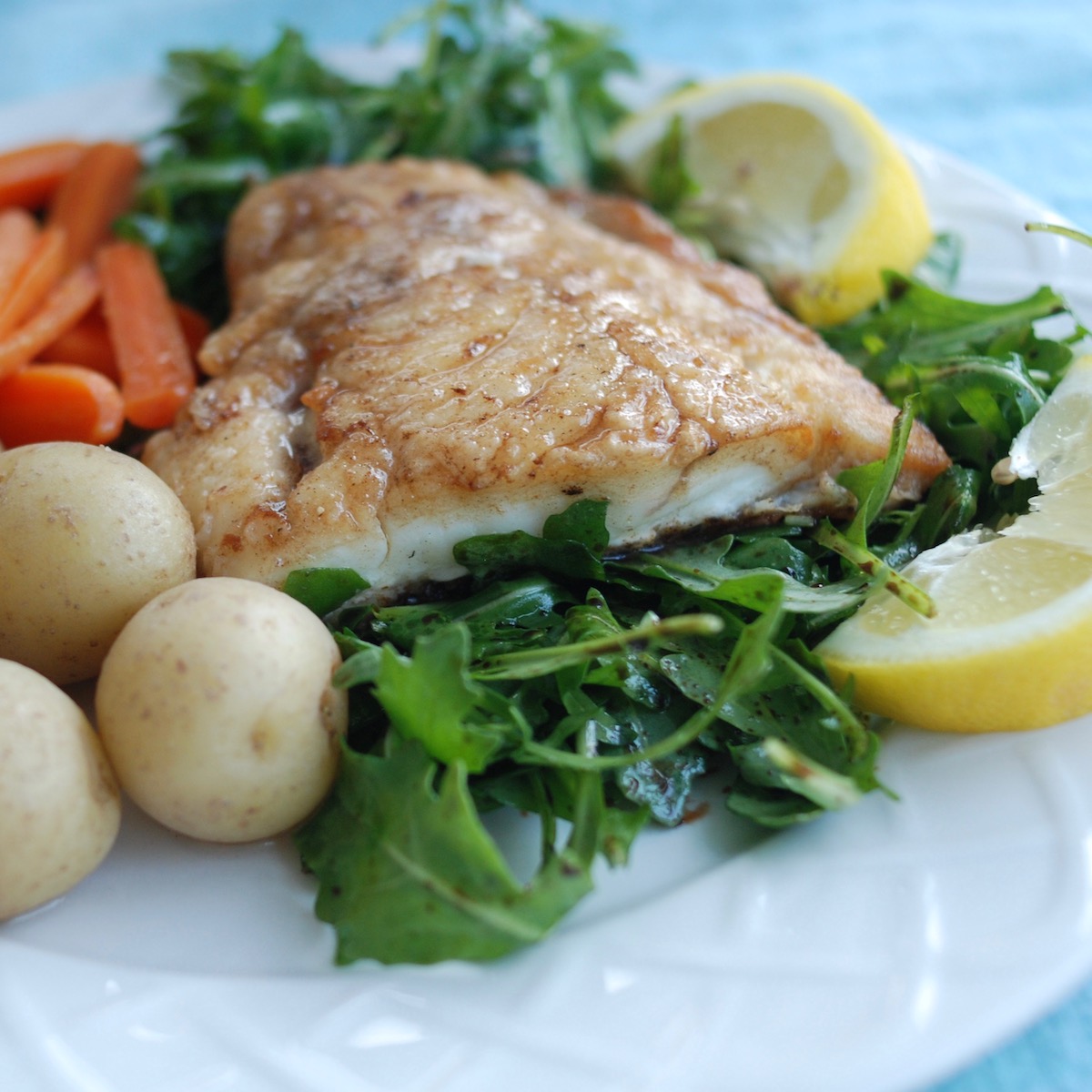
According to Matt’s site, a whole flounder only yields 35% of the skinless fillets. So doing the math, a four whole pound flounder will yield only 1.4 pounds of flounder fillet (4 lbs x .35 = 1.4 pounds). Not a very good ratio of the eatable fillet to whole fish.
Right now, flounder is expensive because of the limits put on the fishermen last year. I’ve recently seen it at $25 per pound for a flounder fillet. How much would the 4-pound flounder cost me?
If you do a little reverse math and you know the price per pound of flounder fillet is $25, and the yield is 35%, the cost of a whole flounder would be $25 x .35 = $8.75 per pound whole fish. So if the flounder weighs 4 pounds, it would cost $8.75 x 4 lbs = $35 for the whole fish. These would be retail prices. I am still determining what a fish store pays, but I need to find out.
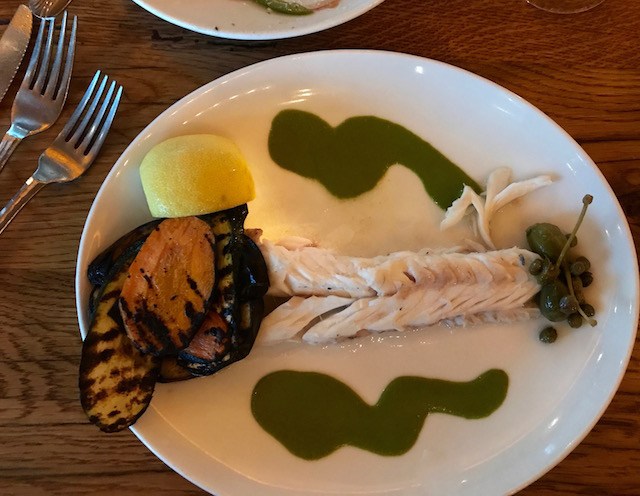
Dover Sole – Really Gets Expensive
One of the fish varieties offered at the restaurant is Dover Sole. According to CloveGarden, a 2-pound fish yields approximately 1 pound of skin-on-filet (50%) or just 10 ounces of the skin-off fillet (about 30%). The lower yield is due to the amount of skin a Dover sole has and the weight of the skin. And remember, you don’t usually get served skin on with this type of fish; if you did, you wouldn’t eat the skin.
If the restaurant charges $49 per pound of whole fish, you are actually paying $49/.30 = $163 per pound of actual fish served at your table. The restaurant suggests you purchase 2 pounds of whole fish at $49 x 2lbs = $98 for two people. This will yield approximately 10 ounces of uncooked eatable fish or 5 ounces per person. This seems like a small amount of fish for a lot of money, but you are getting served roasted vegetables, capers, and lemon & olive sauce on the side.
What Is a Serving of Fish?
According to the Minnesota Department of Health website, a typical serving of fish is “based on the body weight of the person eating the fish.”
I weigh around 200 pounds, and according to the Minnesota Dept. of Health, a serving for me would be about 10.5 ounces of uncooked fish. These 10.5 ounces of uncooked fish weigh approximately 8 ounces after being cooked. So if you weigh just 110 pounds, a serving of fish would be around 6 ounces uncooked or 4.5 ounces cooked.
If my wife and I get one serving each based on our weight, we should look for about 16.5 ounces in a total of uncooked fillets, but we only get approximately 10 ounces. Therefore, for me to receive a serving of fish, according to the Minnesota Department of Health, I alone would need to order a 2-pound Dover sole.
Stop Complaining RG
I know. I really shouldn’t be complaining. First of all, my brother-in-law picked up the tab. Secondly, I’m out for dinner. I know the food will be more expensive than cooking at home, especially at a nice restaurant where we enjoyed this meal.
A great staff of waiters was serving us, the wine steward helped us pick out a great bottle of wine (don’t get me started on wine markups), and the atmosphere was delightful. However, I’m still sticker-shocked at the idea of paying the equivalent of $163 per pound of processed fish. Is it just me?
What If I Purchase the Dover Sole at the Fish Market?
I looked up the price of a fresh Dover Sole fillet at the Seattle Fish Company, one of the more reputable seafood markets in Seattle, and they are selling it online at $7.99 per pound. This seems low to me, and there’s no way I will find it at that price in my neighborhood. So let’s TRIPLE the price to $23.97 per pound for boneless, skin-off, ready-to-cook fillets.
It still costs $139 per pound less than at the restaurant. O.K., I’m going to complain a little, and if I want Dover Sole, I’ll make it myself.
Other Fish Yields
Let’s look at other fish yields I’ve picked up on several websites. Although the yields may differ from site to site, I’ve found that most are in the same ballpark. So you can use the math formulas above to determine the price per pound of fillet if you have the price per pound of whole fish and yield or the price per pound of a whole fish if you have the price per pound of fillet and the yield. Now say that three times fast.
Also, remember the actual yields any fish offers can vary depending on the overall size of the fish, the sex of the fish, what season you are in, and the fishmonger’s skills. Larger fish tend to offer better yields.
Lower Yielding Fish
Let’s start with the lower-yielding fish yielding 30% to 50%.
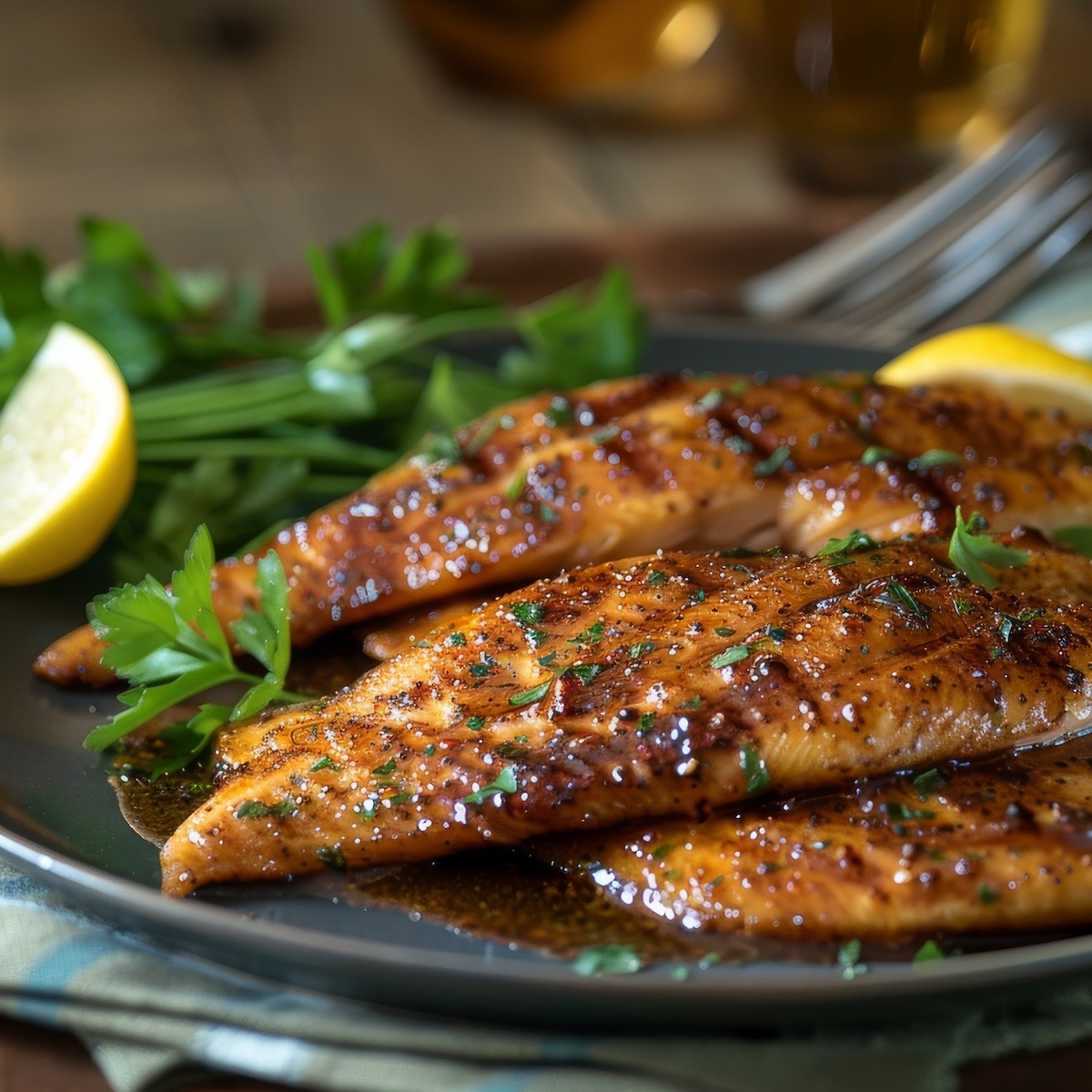
Tilapia
I was really interested in this fish because it is one of the more inexpensive fish on the market. A tilapia round (whole fish not gutted) will yield 30 – 35% to skin-off fillets. At $10 per pound of boneless, skin-off fillet, tilapia is a real economical fish despite its low yields.
Red Snapper
One of the universe’s most popular types of fish, a whole red snapper, yields 48% to skin-off fillets. If you start with head-on but gutted, the yield becomes about 38% to skin-off fillets.
Higher-Yielding Fish
Then some fish yield higher than 50%, and I consider them a better value but not necessarily a better-eating fish.
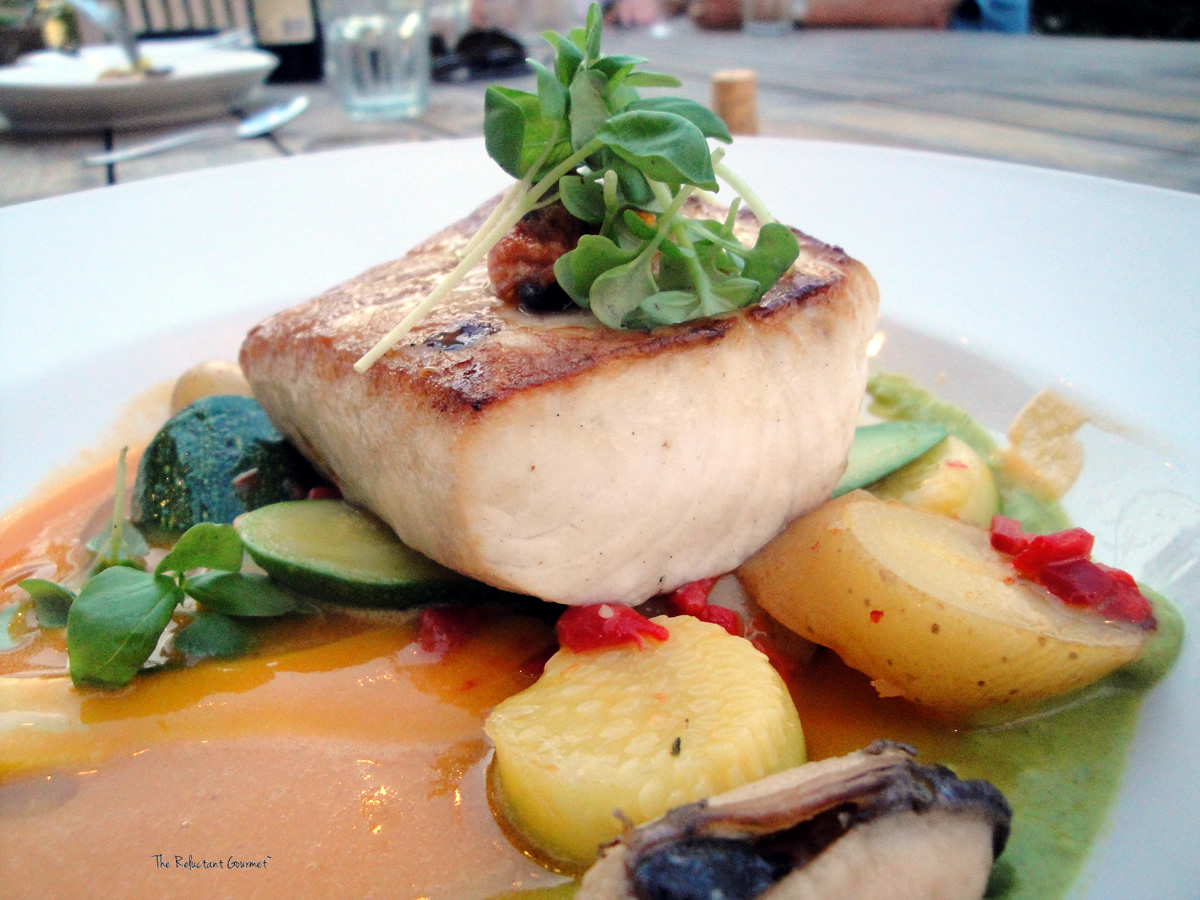
Mahi Mahi
Another very popular fish, Mahi, that has been headed and gutted yields 67% to a skin-on fillet.
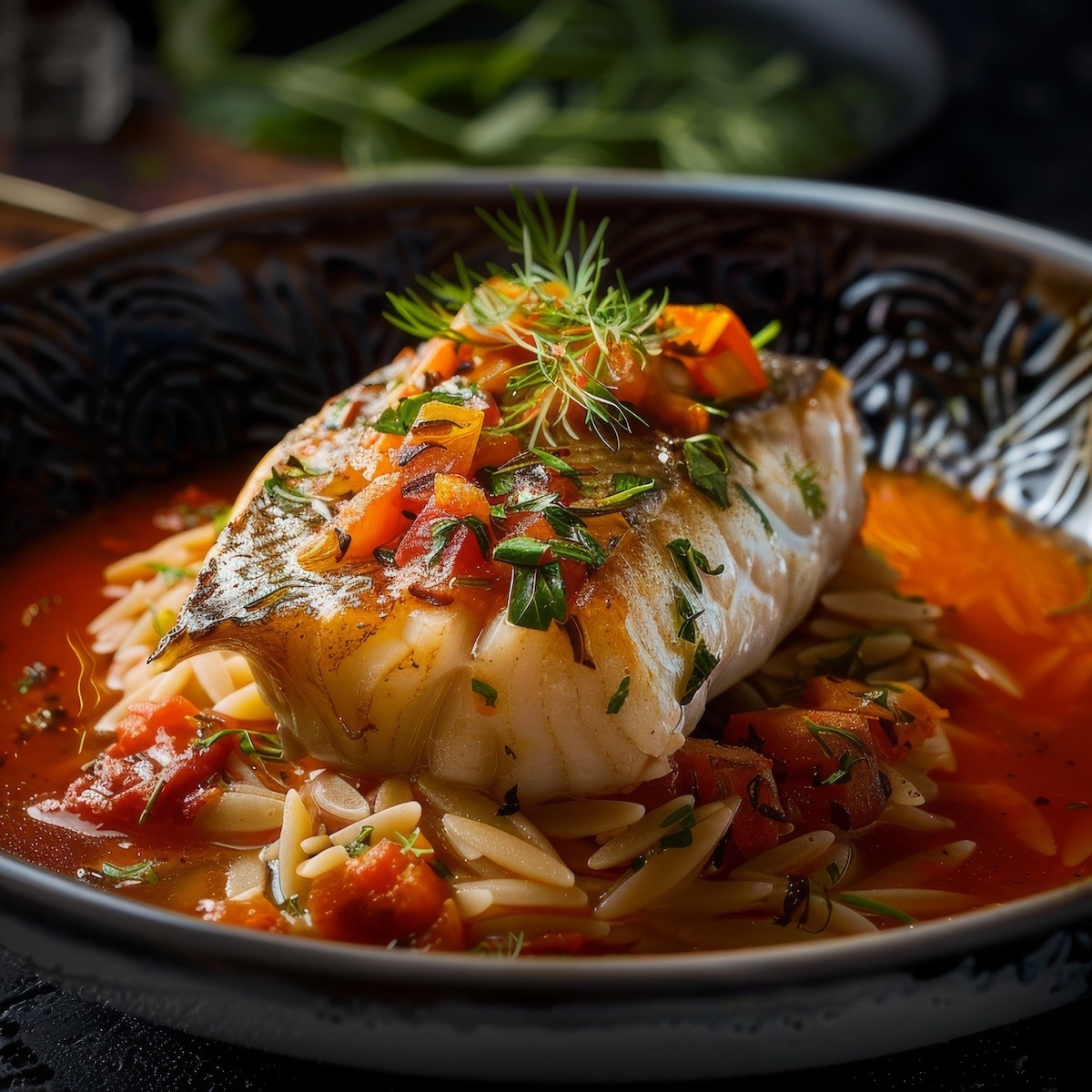
Chilean Sea Bass
One of my favorite fish in the sea for eating but incredibly expensive and way overfished, a whole Chilean Sea Bass yields 68% to skin-off fillets. However, if you start with a headed and gutted Chilean sea bass, the yields go higher to an average of 70% for skin-off fillets.
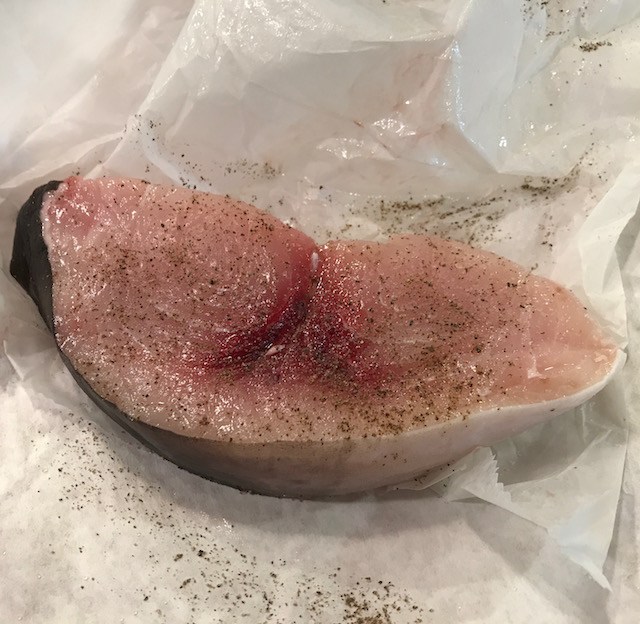
Swordfish
A wonderfully high-yielding fish, a head-off and gutted swordfish yield a whopping 78% to skin-on and bloodline left in. This is how I usually see swordfish sold at the market, with the bloodline. However, that exact swordfish yield drops to 64% when processed to skin-off and bloodline removed.

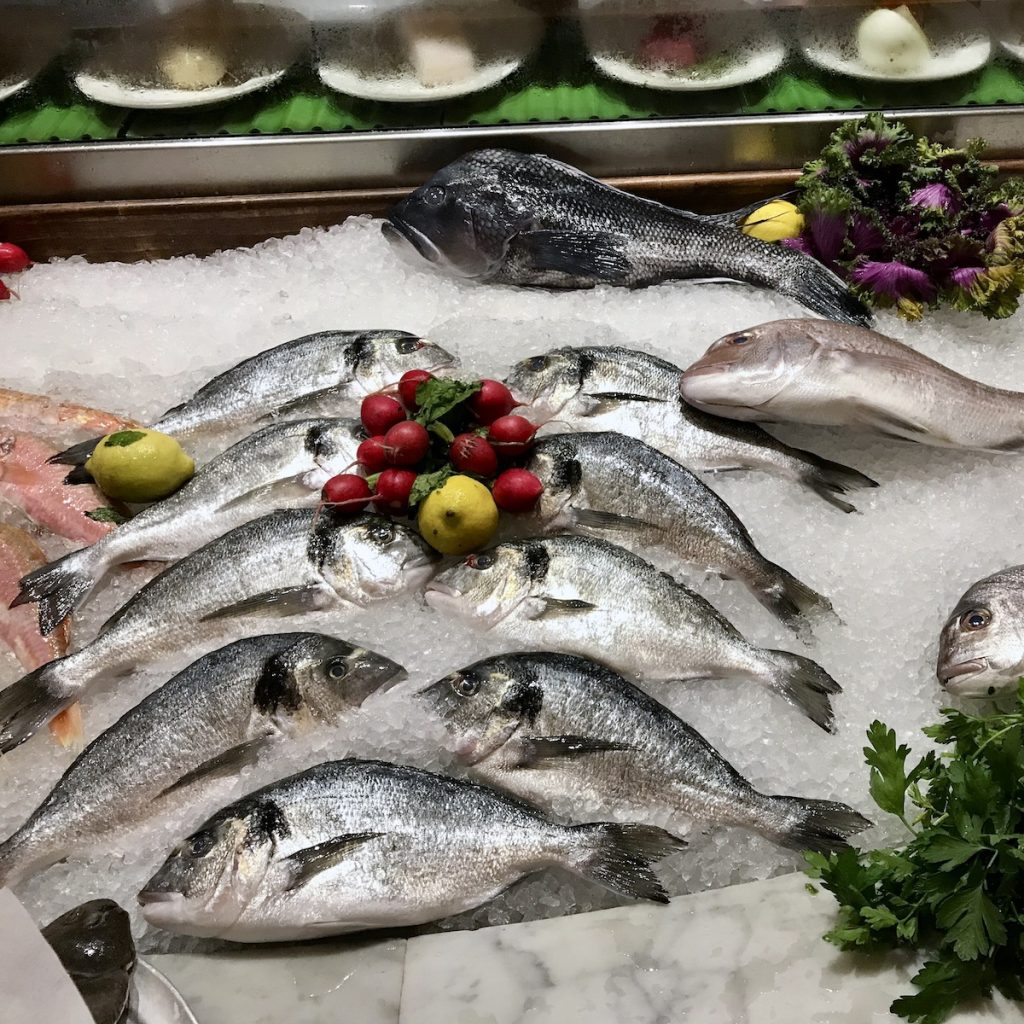







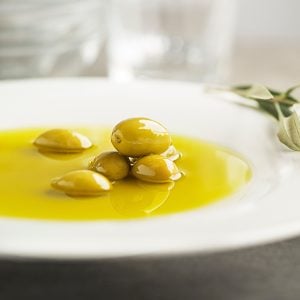

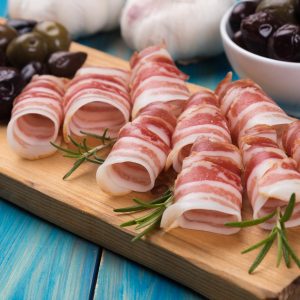




9 Responses
This is great! I’m doing a series of three Tasting Michigan History events this spring and summer. The first one is the recreation of a 1908 banquet in Benton Harbor, Michigan. The other two are 1937 and 1959. I was literally looking for fish amounts per person to go to the market and came across your blog. Thank you So Much! Great info. I love your style. I’ll be back. Ellie
what they call “dover sole” in the west coast isnt the dover sole (scientific name: solea solea) from europe
Having just returned from Salmon fishing I weighed my 2 fillets off my male silver. Each fillet weighed a little over a pound … I estimated the live wt of the salmon to be 7-8 lbs. Gutting the fish would lose no more than 1 lb and gilling it is another 1/2 lb. My 2 lbs of fillet was way less than the 75% estimate for a 5 to 5.5 lb fish. My experience says a 10 lb whole salmon might yield 4 lbs of fillets
I have a commercial fin fish license.
I get: Black Drum $1-$2 per pound whole, Flounder – $4.50 per pound whole
We get 50% skinless filet for our flounders. Good article
Great.
my experience with salmon head on gutted you get 75 percent useable meat. you get more meat depending how yu cut the fish.
Thank you James.
Great article and insightful commentary. Thanks for sharing!
I have the data to be very much useful. I am interested in forming a Fishing company in Tanzania to fish in Indian ocean. Thus, these types of data is helpful.